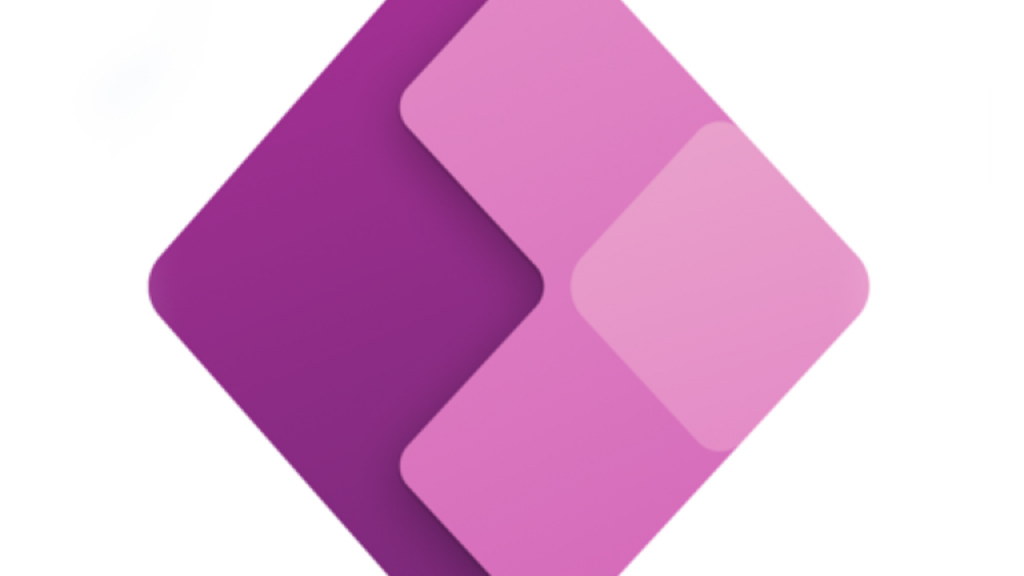Microsoft Power Apps is a great option for businesses, as it’s a Low-Code Application Platform (LCAP) that makes it easy for professional and amateur developers to create apps. The average cost of developing an application is 74% less with Power Apps, as it’s an excellent way to save yourself a lot of time and money.
Users with various technical expertise levels can develop apps to focus on specific business functions, whether it’s related to IT, sales, finance, customer management, HR, etc. The simplicity of the platform makes Microsoft Power Apps a popular option with a wide range of companies.
How to Develop Low-Code Apps
Microsoft Power Apps offers a simple user interface with drag-and-drop capabilities for quick deployment. Users can also perform a wide variety of tasks while creating a new app.
Here is an overview of the most popular features in developing low-code apps:
- Use pre-made templates to develop and launch no/low-code apps.
- Create immersive applications to solve specific problems that can run on any device.
- Ability to use canvas and model-driven scenarios to create apps for specific tasks.
- Integrate Power BI reports and dashboards for creating low-code websites for external users.
- Increase Power Apps with over 200 connectors, which is especially helpful for professional developers.
- Access a large number of advanced development functions that were only previously available for professionals.
Microsoft Power Apps combines automated testing with less coding, which results in fewer costs in the long-term for your business. Less coding also allows you to develop more apps in a shorter span of time. Businesses can use low-code development to create basic and quick apps, maximizing efficiency, and improving your bottom line.
Examples of Using Microsoft Power Apps
Choosing to use Microsoft Power Apps allows businesses to streamline app development processes much faster, increase employee productivity, boost revenue, and improve customer service.
Here are a few more ways that companies can streamline their workflow by using Microsoft Power Apps:
1) Service Request App
The Power Apps platform gives employees the flexibility to submit IT service requests. Quickly submitting these requests is an effective way to limit downtime and maximize productivity in the workplace. These apps can also be designed for other functions, such as keeping track of purchase orders, facility maintenance, human resources, security updates, and much more. All of these created apps are platform-independent, as you can easily access them by using SharePoint or the Power Apps mobile app, which is available for Windows, iOS, and Android.
2) Employee Onboarding App
One of the main features of Microsoft Power Apps is that it allows you to integrate data stored in other Microsoft Office applications seamlessly. This is especially beneficial in creating an employee onboarding app, as you can combine resources such as team member contacts, policy guides, and various forms into a single location. Ultimately, this creates a much more efficient onboarding experience while also simplifying the HR department’s role.
3) Return to Workplace App
Social distancing in the workplace is a new reality that will impact businesses for the foreseeable future. Understanding how to allow employees to return to the office safely is essential in preventing the spread of COVID-19. A return to workplace app is an excellent way to offer guidelines on how each employee can return to work without jeopardizing their safety. You can add numerous features, such as visitor management, office slot booking, employee safety, safety gear detection, and contact tracing.
4) Expenses Approval App
Keeping track of expenses to submit for approval is a tedious task. However, you can expedite the entire process by developing a mobile app that allows employees to quickly submit expense approval requests for managers to approve or reject. Notifications will immediately notify the employee of approval or rejection, as this app can easily be integrated into an existing HR system.
5) Crisis Communication App
Focusing on operational continuity is a top priority in today’s uncertain work environment. A crisis communication app is an excellent option for remote workplaces, as you can easily communicate with each employee in one location. This app enables you to notify employees about important information while also offering emergency contacts. You can easily assist employees in various ways, which improves collaboration by ensuring that everyone is working together.
Here are a few real-world examples of Microsoft Power Apps, making a positive impact on the workplace.
1) Improve Customer Experience
IKEA understood the importance of finding a holistic solution to further enhance the “human-to-human” connection for customers during the buying experience. Collaborating with Microsoft allowed IKEA to build various apps, known collectively as the “IKEA Sales Tool.” The IKEA Sales Tools offers four apps: the Co-Worker, Kitchen, Customer Center, and B2B app. These apps manage a wide variety of functions, such as in-store customer meetings, B2B customer data collaboration, revenue generation, customer bookings, and scheduling of appointments. These innovative apps were designed to reimagine the customer experience with the help of Microsoft Power Apps.
2) Increase in Manufacturing Efficiency
Custom Air Products & Services, Inc. (CAPS) specializes in heating, ventilation, and air conditioning (HVAC) services for customers throughout the Houston area. However, the company struggled with an inefficient workflow due to the duplication of work across various systems. CAPS was able to overcome this problem by using the Power Apps platform to streamline the entire manufacturing process. These apps make it possible for CAPS to easily track every HVAC unit’s manufacturing while also providing real-time notifications, sign-offs, quality checks, and much more. All of this was created by a data analyst without any prior experience in application coding.
3) Reduce Operational Costs
TransAlta is a wealthy power generation and energy trading company based in Canada. This company generates power from a variety of different sources, such as hydro, coal, solar, wind, and gas. TransAlta leveraged the capability of Microsoft Power Apps by creating a decision-making app to maximize its ROI. The app is known as “Economic Callouts”, as it calculates the cost of sending a technician to respond to service calls outside of normal business operating hours. TransAlta was able to recover the cost of developing the app within the first two weeks of deployment due to its effectiveness. This innovative app continues to play a key role in reducing operational costs.
Get Started Today With Microsoft Power Apps
Microsoft Power Apps continues to revolutionize the workplace and is one of the top leaders in application development. The simplicity of using this software makes it easy for anyone to create all types of apps, whether you’re a business analyst or a professional app developer. Power Apps is also included in most of the Microsoft 365 Enterprise plans, as you will only need to pay a monthly subscription to take advantage of these innovative services.
Technology will continue to play a key role in helping your business reach long-term success. Creating your app with Microsoft Power Apps offers numerous benefits, such as saving you time, boosting employee productivity, and better meeting your clients’ unique needs. Developing an innovative app has never been easier, as it is a great way to gain an edge over your competition.
Now is an excellent time to use Microsoft Power Apps to streamline your business operations and help your company reach its potential.






